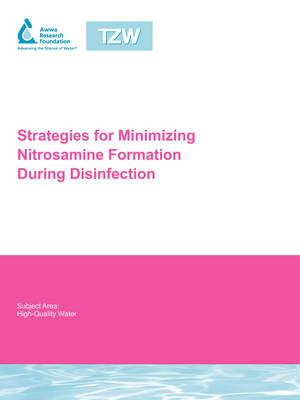NDMA is an aliphatic nitrosamine that has been identified as a disinfection by-product during chloramination of drinking water. In the United States, it has been detected in water treatment plants using chloramine as a disinfectant. NDMA has significant health concerns, as its 10-6 cancer-risk level was determined at a level of 0.7 ng/L. Although other nitrosamines exhibit a similar toxicological profile, their relevance for drinking water disinfection with chloramine is unclear.
The objectives of the project were to identify strategies that could be used by water utilities to minimize the formation of carcinogenic nitrosamines during disinfection of drinking water. Additionally, the relevance of other nitrosamines besides N-nitrosodimethylamine (NDMA) for drinking water disinfection with chloramine was assessed. An extensive literature search was performed to collect information on mechanisms of nitrosamine formation, to identify or at least characterize possible precursors for nitrosamine formation, and to identify tools for removal of precursor compounds prior to disinfection. Finally, possibilities for nitrosamine removal were evaluated.
Additional laboratory-scale experiments were performed in order to fill knowledge gaps identified during the literature survey. For this, tests for the determination of the nitrosamine formation potential (NFP) were performed. With these NFP tests, water samples could be characterized with regard to their potential to form nitrosamines. The conclusions from the literature survey and the laboratory-scale experiments were verified by full-scale tests in water utilities in the United States, Australia, and Germany.
- ISBN10 1843392135
- ISBN13 9781843392132
- Publish Date 14 August 2008
- Publish Status Out of Print
- Out of Print 10 June 2016
- Publish Country GB
- Imprint IWA Publishing
- Format Paperback
- Pages 196
- Language English
